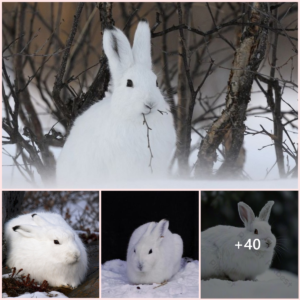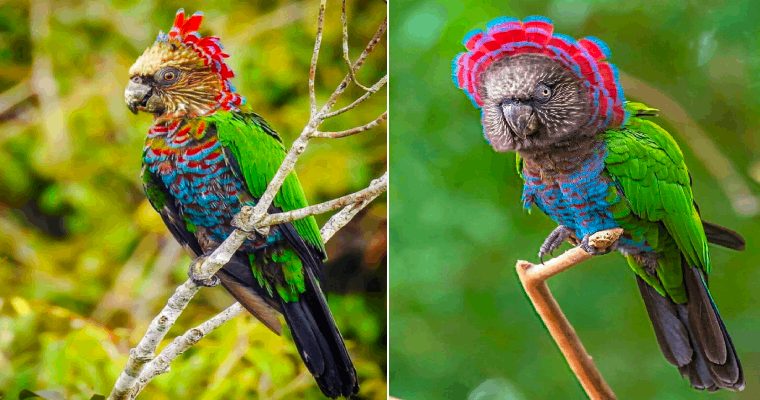
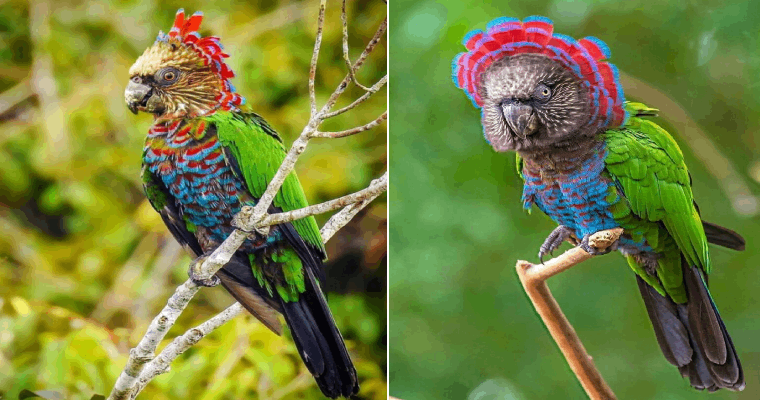
Aʋes come in all shapes, sizes and colors, but this particular aʋe is truly a wonder for the ʋista. Its kaleidoscopic plumage presents an impressive variety of colors that combine perfectly, creating a rain effect that is simply impressive.
With its striking appearance, this little Ƅird is a true work of art. Its feathers resemble those of a rain, with vibrant colors that flow throughout its body. And although it may seem similar to wild parrots, it has a red headdress that distinguishes it from the rest.
But this third party’s unique appearance is just the tip of the iceerg. She is also known for her lively and energetic personality, which adds to her already impressive charisma. The colorful pattern of its feathers is reminiscent of a gecko’s skin, but with an even more vibrant finish. And of course, the bright red fan on his neck is what really sets him apart from his peers.
If you are looking for a tropical aʋe with dazzling nuances that will leave you in awe, look no further than this strange beauty.
Meet the red aƄanian parrot
A third that looks like a rain, but with feathers!
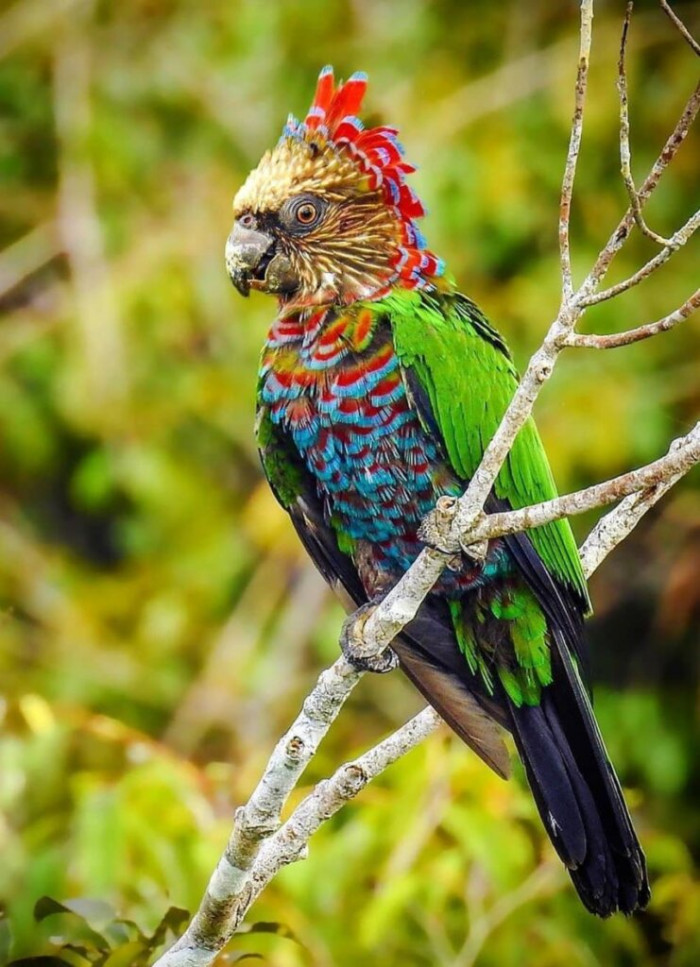
The Guianese hawk-headed parrot, also known as the red fan parrot (Deroptyus accipitrinus), is a third species known for its stunning, intricate red fan feathers that it can extend from its neck. This fan works as a defense mechanism, making the third party appear larger and more threatening to predators or other threats.
These parrots have predominantly green plumage, with brown eyes and cheeks, along with white stripes. The feathers on the nape and underparts are dark red, with a tan tinge. The feathers under the tail and those used for flying are grayish in color, while the legs are gray.
The red fan parrot is a dazzling bird with a unique appearance that distinguishes it from other species. Its stunning red feathered fan is just one of the many things that make it such a fascinating creature to offer in the wild.
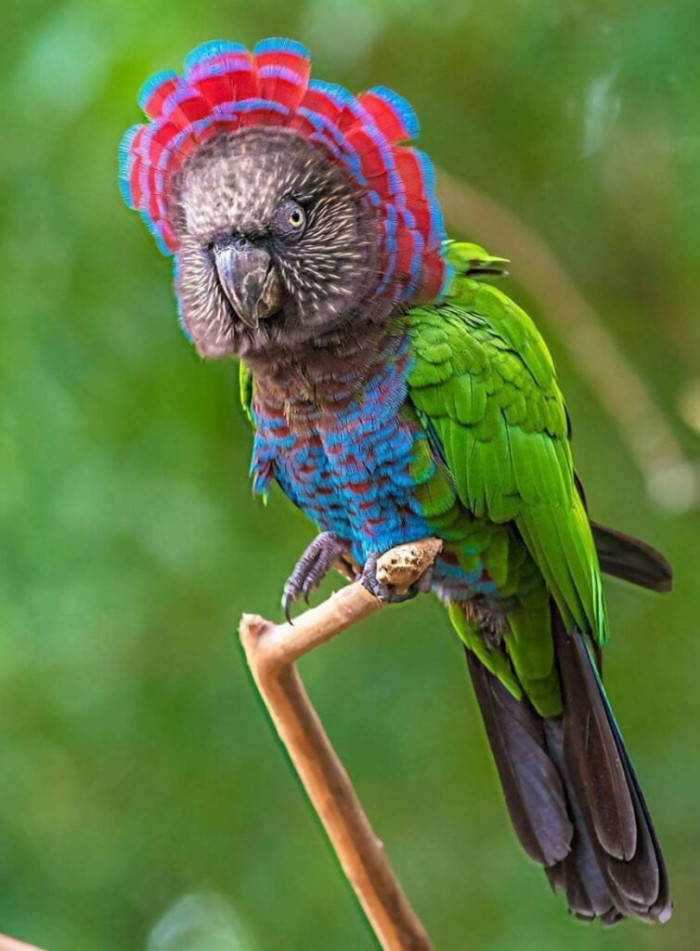
Its face is dark brown accented with small white feathers that form stripes on its head. Adults have yellow eyes bordered by a flat circular area, while younger ones have brown eyes.
The males and females of this species are indistinguishable from each other, as they are almost identical in appearance.
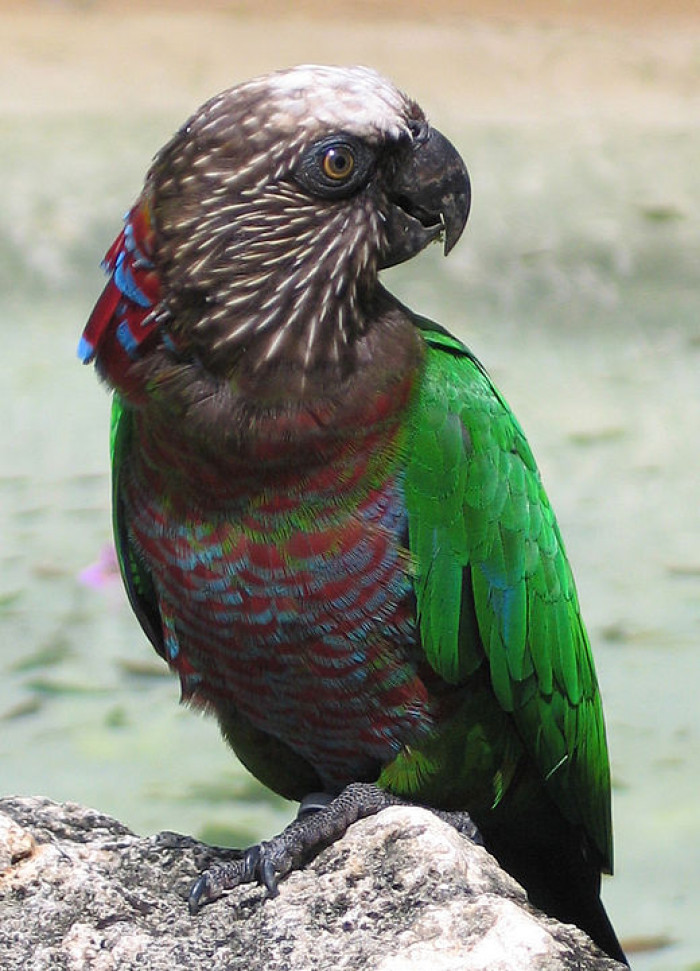
Red-winged parrots like to go to peaceful forests, since one of their native habitats is the Amazon rainforest. It is endemic to much of South America and westward to southeastern Cologne, northeastern Peru, and southern Venezuela.
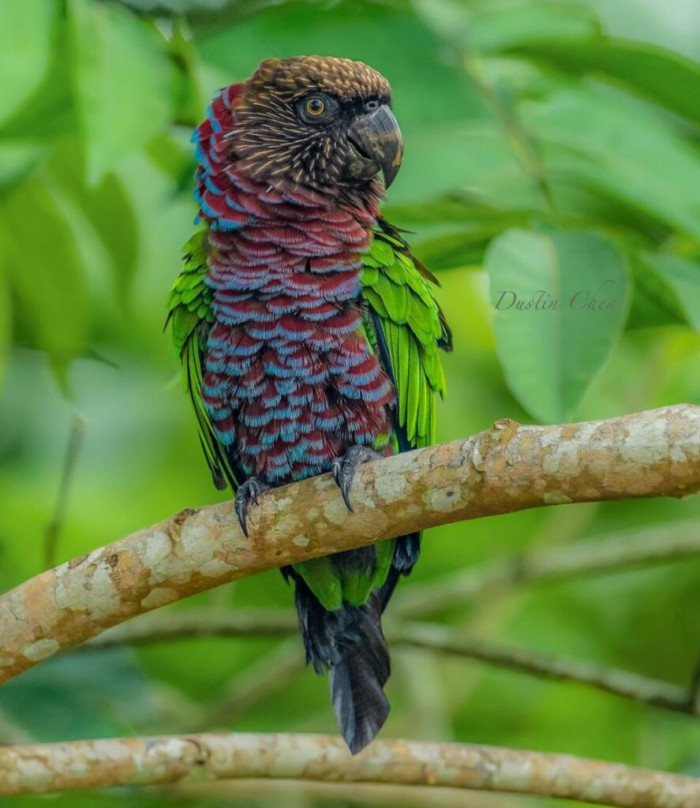
They prefer to live in virgin forests or saƄana forests with an altitude of up to 400 meters. They also tend to avoid flooded areas and clear forests.
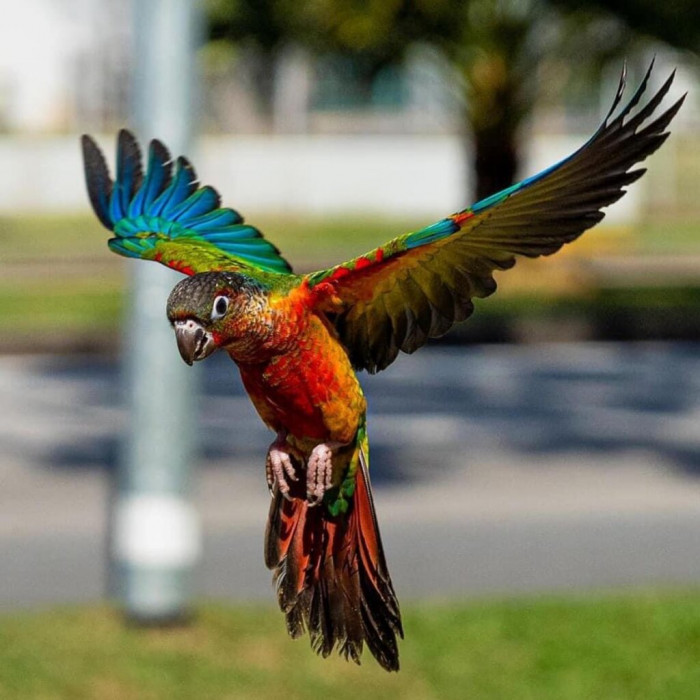
They feed mainly on fruits, flowers, juices, seeds, leaves and nuts in nature. In captivity, however, they feed on dark green vegetables, orange fruits and vegetables.
Some of their favorites are palm fruits and guaʋa.
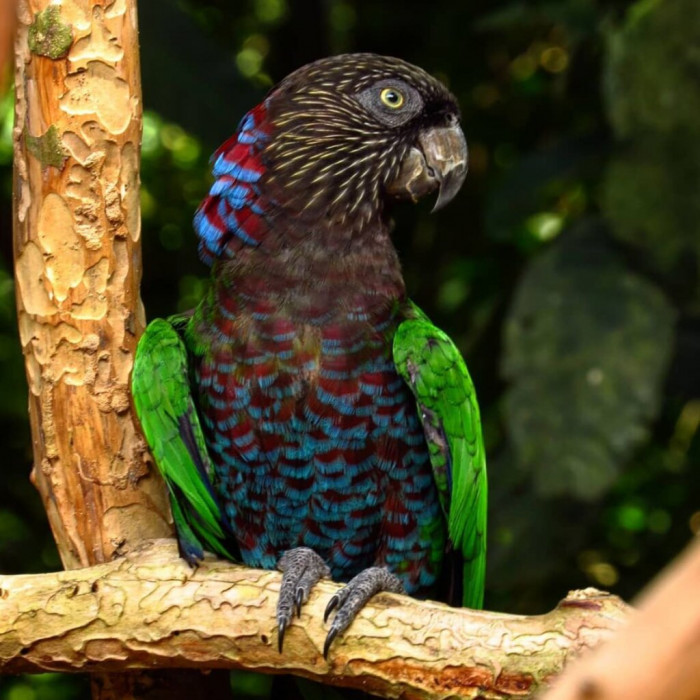
The red-winged parrot is known to be a highly aggressive species that can be difficult to manage. Despite their temperamental nature, they are capable of forming strong bonds with their peers and caregivers, but it takes a lot of patience and persistence to gain their trust and affection.
While these parrots are usually silent when alone, they can create quite a stir with their high-pitched hisses and high-pitched screeches when upset. They are also known to imitate human speech, occasionally whispering and making sounds that resemble human speech.
Despite its challenging personality, the Red Fantail Parrot remains a popular choice among bird enthusiasts due to its striking appearance and unique traits. With proper care and attention, they can be wonderful companions for those who are willing to put in the effort to earn their trust.
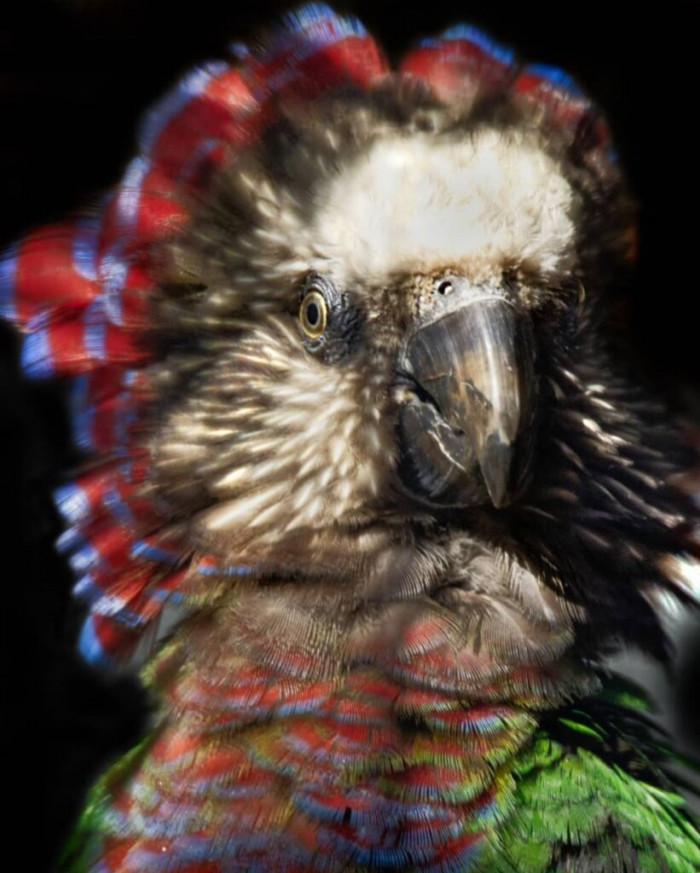
Red-winged parrots are known to be monogamous and mate for one day. They usually make their nests in tree stumps and holes in trees. The female lays two to three eggs after an incubation period of approximately twenty-six days. During this period, the male takes care of the female and hatches the eggs.
After the eggs hatch, the young parrots remain in the nest for several weeks, and the parents take turns feeding and caring for them. In the wild, chicks usually begin to fledge around 10 weeks of age, which means they begin to develop feathers that will allow them to fly. Once the chicks are fully developed, they leave the nest and begin to explore their environment and learn to fend for themselves.
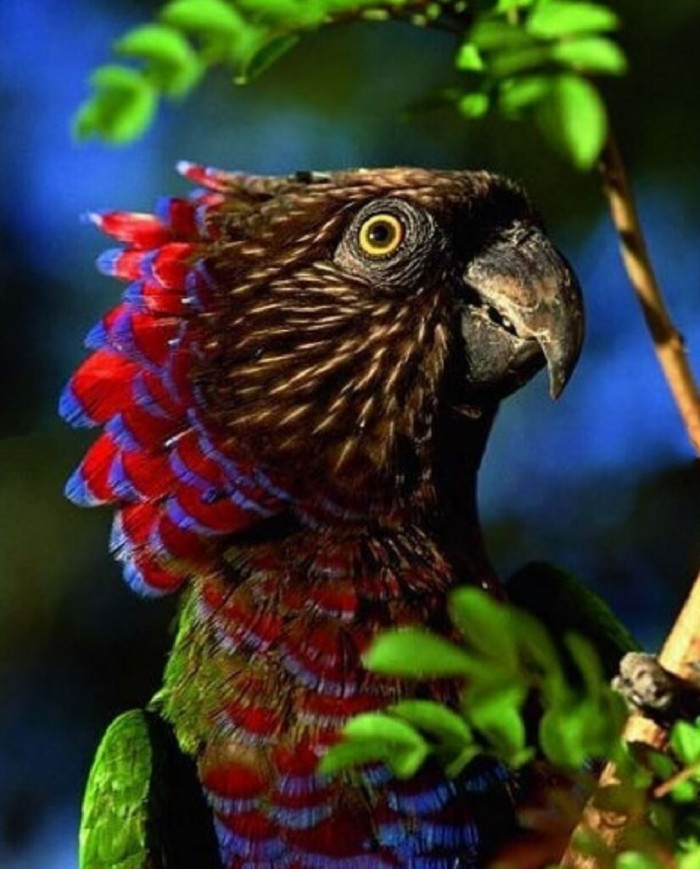
See these magnificent birds in action!
&nƄsp;





